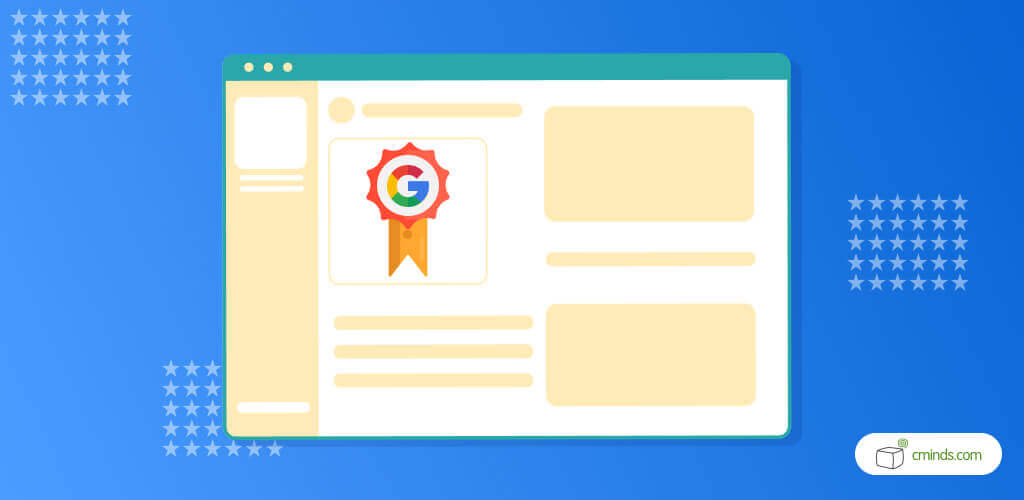Search-engine friendly websites are the ones that earn better rankings in search results, naturally drawing higher web traffic. Achieving this is knowing how to make Google love your site.

That’s why excellent search-engine optimization (SEO) is such a vital aspect of website management. But understanding the importance of good SEO is only the first step in understanding how to successfully implement SEO practices.
That’s why we developed and recently launched the SEO Keyword Hound plugin, a WordPress application that helps customers accelerate their onsite SEO keyword strategy. To celebrate the plugin’s release, today’s all about Onsite SEO and how to jumpstart your own website’s search-engine optimization efforts.
May 2025 Offer – For a Limited Time Only:
Get WordPress SEO Keyword Hound Plugin for 25% off! Don’t miss out!
Defining Onsite SEO & Offsite SEO

But first, it’ll probably help to clear up what onsite SEO even is in the first place. And of course, that inevitably begs the follow-up question:
If there is onsite SEO, then what is offsite SEO?
Onsite SEO
Onsite search-engine optimization is the fine-tuning of webpage content so that search engines have an easier time finding your website. The more relevant and valuable your content is to search queries, the higher you’ll rank with search engines—like Google or Bing.
Common Onsite SEO Practices Include:
• Researching and using frequently searched keywords
• Creating interesting, and unique, high-quality content
• Optimizing page titles and descriptions
• Connecting webpages with well-structured internal links
• Ensuring load times are speedy
• Providing mobile-friendly webpages
Offsite SEO
Offsite SEO covers the tactics that generate increased traffic to your website from other places on the web. So basically, any methods that aren’t located directly on your website.
Common Offsite SEO Practices Include:
• Social media marketing
• Inspiring inbound links from other websites
• Creating press releases
• Posting guest content
Starting with Onsite SEO in 3 Steps

1. Keywords are Critical
Exceptional content will captivate your readers, but first you need to get them to notice the content even exists. This is where SEO keywords come into play—and what our Keyword Hound plugin was designed to assist with.
Here’s how they work: By carefully using terminology that resonates with your audience, those people will be more likely to search for the information you provide using those same terms. When they do, this will make your website much more likely to appear at the top of their search results.
For keywords to be most effective, the ones you target should be well used within your content, along with your page titles and descriptions, the Alt-Text of videos and images, and in your page’s meta descriptions.
2. Keep Load Times Quick
Slow load times are incredibly harmful to websites. Not only because studies show users tend to abandon pages if they take more than a few seconds to load, but lagging load times also negatively impact your search-engine rankings.
If pages take too long to load, search-engines will take it to mean that your website is of lesser quality. This then prevents them from confidently recommending your website to other browsing users. Therefore, if you notice your website is running unusually slow, immediately run analysis tools to track down the reasons why.
Keep in Mind: With WordPress websites, a good caching plugin is an important part of providing a smooth and speedy web browsing experience.
3. Ensure Website Accessibility

Another major element of onsite SEO is making sure that search-engines have the permission to freely navigate your website. This has less to do with the actual content of your website, and more to do with its internal organization.
In a Nutshell: Search-engines use crawlers to gather information and make determinations about the substance of the websites they visit. If these crawlers can’t access parts of your website, then they won’t display those sections in any search-results. This means you could have the highest quality of content around, and still nobody would be able to find you.
To test your website’s accessibility, use an evaluation tool (like this free one from Google) after putting it together.
Staying SEO Strong

As you can see, there are tons you can do to improve your website’s onsite (and offsite) SEO. We’ve only scratched the surface here with this post. However, the steps above are all ones that are essential to succeed—and are an excellent way to start off.
But remember, the inner workings of the internet and its search-engines are ever changing, and maintaining strong SEO is an endless process. To stay on top, website managers must always keep a persistent eye out for the latest news and tools emerging in the realm of SEO.
For any WordPress users interested in improving the quality of their keywords, check out our SEO Keyword Hound plugin.
The plugin lets you discover the best keywords you should use, and helps manage them to enhance your SEO strategy. It includes competitor keyword comparisons, performance tracking and analytics, and simplifies the task of compiling effective keyword lists.
Designed for both SEO experts and beginners, the plugin also comes with access to a comprehensive video course that teach users how to utilize every aspect of the plugin to maximize their online SEO efforts.


